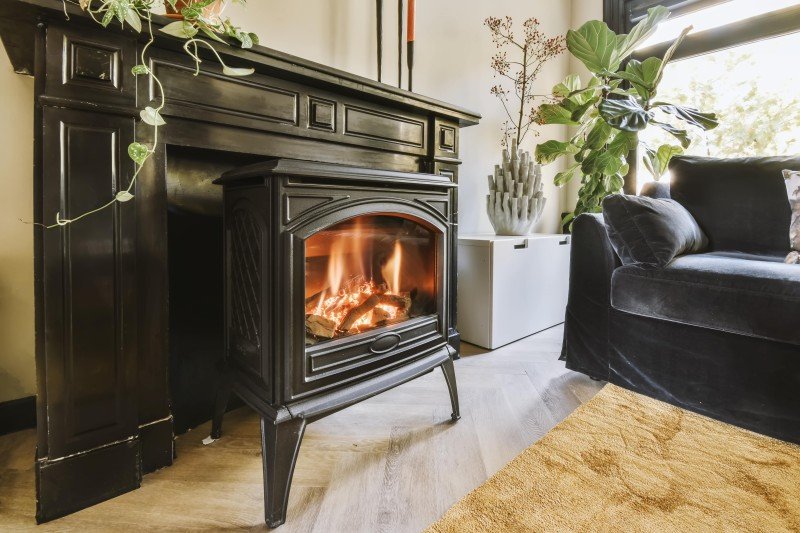fireplace3860
About fireplace3860
A Comprehensive Guide to Buying Fireplaces: Creating the Perfect Ambiance
Fireplaces have a long-standing tradition as the heart of the home, offering warmth, comfort, and a cozy atmosphere. Whether it’s a crackling wood fire or a modern gas flame, the right fireplace can dramatically enhance both the aesthetic and functional aspects of your space. However, choosing the right fireplace can be an overwhelming task given the myriad of options, styles, and technologies available. This guide will explore essential considerations when buying a fireplace to help you make an informed decision.
Types of Fireplaces
When it comes to selecting a fireplace, understanding the various types available is crucial. Below is a table that summarizes the primary types of fireplaces, their pros and cons, and typical applications.
| Type | Pros | Cons | Typical Applications |
|---|---|---|---|
| Wood-Burning | – Authentic ambiance – Efficient heat |
– Requires venting – Cleaning ash |
Cabins, homes with space |
| Gas | – Easy to use – Clean burning |
– Requires gas line – Higher cost |
Urban homes, modern spaces |
| Electric | – No installation needed – Safe |
– Less ambiance than real fire – Limited heat output |
Apartments, small spaces |
| Pellet | – Eco-friendly – Automated feeding |
– Requires electricity – Costly fuel |
Eco-conscious homes |
| Ethanol | – No venting required – Versatile |
– Higher ongoing cost – Limited heat |
Modern designs, indoor/outdoor |
Key Factors to Consider
When purchasing a fireplace, several factors should influence your decision-making process.
-
Fuel Type
- What fuel source is readily available?
- Consider wood, gas, electric, pellets, or ethanol based on accessibility and convenience.
-
Safety
- Assess the safety measures needed for each fireplace type.
- Proper venting, flame shields, or heat-resistant materials are crucial.
-
Installation
- Do you prefer a straightforward installation, or are you willing to undergo a more significant renovation?
- Consider hiring a professional for complex installations.
-
Size and Space
- Measure the area where the fireplace will be located.
- Ensure the fireplace complements the existing room dimensions and layout.
-
Style and Design
- Select a design that complements your home’s aesthetic and personal style.
- From traditional rustic looks to sleek modern designs, versatility is abundant in today’s market.
-
Cost and Budget
- Set a budget that accounts for not just the fireplace itself, but also installation, maintenance, and operational costs.
- Analyze both upfront expenses and long-term utility costs.
Maintenance and Care
Each type of fireplace comes with its unique maintenance requirements. Proper care will ensure longevity and efficiency.
-
Wood-Burning Fireplaces:
- Regularly clean the chimney to prevent blockages.
- Remove ashes frequently to maintain safety.
-
Gas Fireplaces:
- Inspect gas lines and connections for leaks.
- Perform a yearly inspection of the ignition system.
-
Electric Fireplaces:
- Dust the unit regularly to prevent overheating.
- Check connections and replace burned-out bulbs.
-
Pellet Fireplaces:
- Clean the burn pot and inspect the hopper regularly.
- Use high-quality pellets to maintain efficiency.
-
Ethanol Fireplaces:
- Ensure the fuel is appropriate and store it safely.
- Clean any spillages promptly.
Frequently Asked Questions (FAQs)
1. What fireplace is the most environmentally friendly?
Pellet and ethanol fireplaces typically emit fewer pollutants than traditional wood-burning units, making them more eco-friendly options.
2. Can I install a gas fireplace myself?
While it’s possible to install some electric fireplaces without professional help, gas fireplaces generally require professional installation due to safety and regulatory requirements.
3. What maintenance do I need for an electric fireplace?
Maintain an electric fireplace by keeping it clean and ensuring that all connections are in good condition. Dust regularly to prevent overheating.
4. How do I ensure safety when using wood-burning fireplaces?
Always have a chimney cap, use seasoned wood, and install smoke detectors in the home. Regular inspections and cleaning of the chimney are also essential.

5. What is the best fireplace for a small space?
Electric fireplaces are typically best for small spaces due to their compact size and ease of installation.
Investing in a fireplace goes beyond merely choosing a heating source; it is about creating an inviting atmosphere that enhances your home’s character. With various options available – from Buy Traditional Wood-Burning Fireplace wood-burning to modern electric designs – buyers must consider factors such as fuel type, safety, installation, and aesthetics. Armed with this comprehensive understanding, homeowners can confidently embark on their journey to finding the perfect fireplace that fits their needs while delivering the warmth and ambiance they desire.
No listing found.

